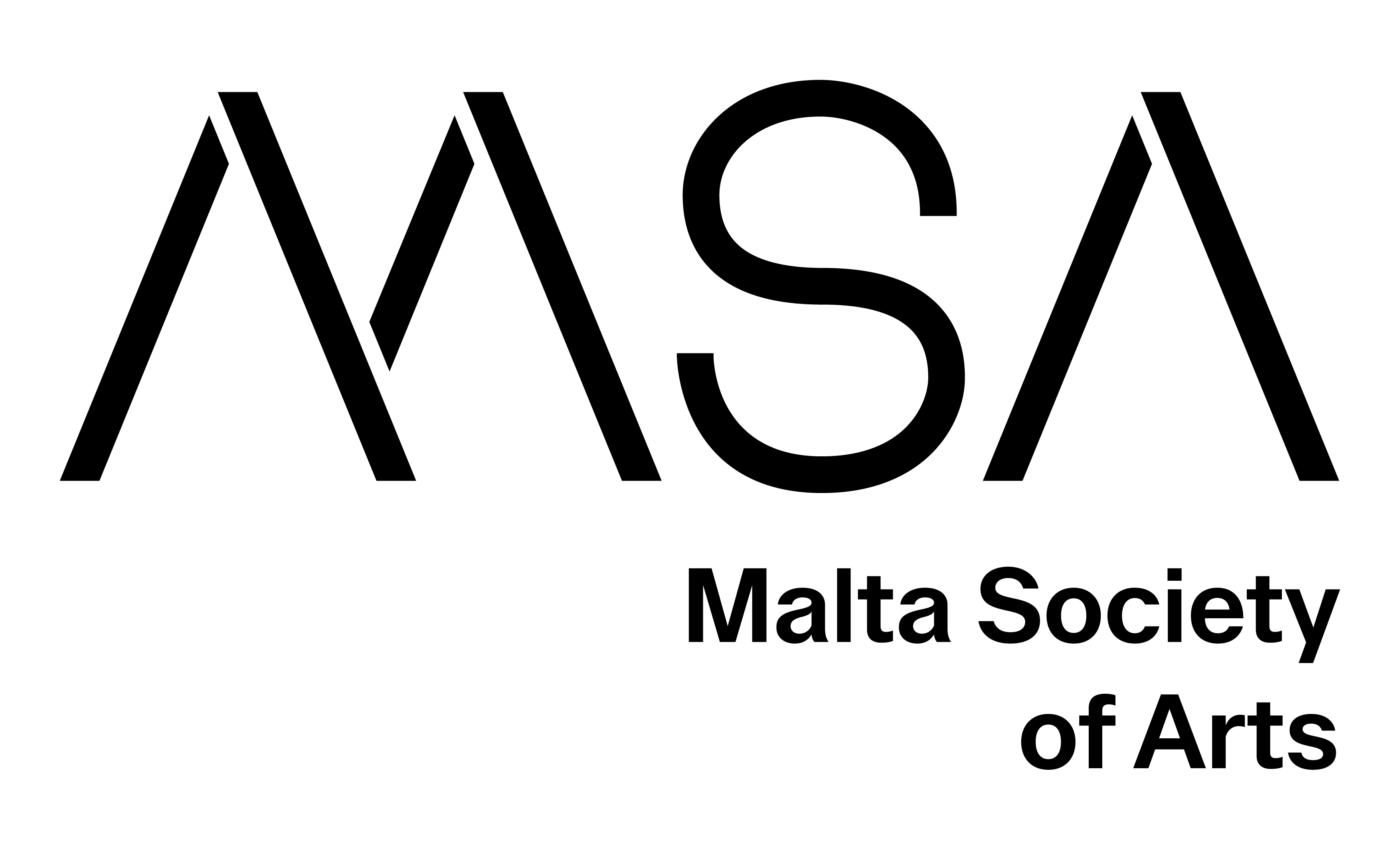We may not be able to define consciousness, but we can delve into it through the connection of body, mind, and spirit. Rituals are one way of accessing altered or expanded states of consciousness through diverse stimuli such as performance, art, and psychoactive elements that engage the participants psychologically, physically, and spiritually. Art also has the capacity to make a ritual-like experience through its perceptual capacity and symbolism.
In particular, Esoteric Buddhist rituals integrate sound and visuals into ceremonies and meditation practices. In recent years, scientific studies on meditation have increased, however, they generally tend to secularize the techniques and overlook the cultural and symbolic aspects. For this research, I would like to recover the potential of art in meditative practices, not only for health benefits but also for attaining a sense of transcendence, which is the actual direction of Buddhism.
By combining breathing biofeedback, Buddhist symbolism, and wellbeing science, I have developed a series of interactive art installations that invite spectators to become active performers by approaching art with a ritual disposition. These immersive artworks are experimental meditations that seek to awaken the connection between body, mind, and spirit, and potentially access an expanded sense of consciousness. Each installation induces a different breathing technique through a gamified interaction, is based on a different meditation approach, and plays with different media to produce unique perceptual states.
“Ethereal Phenomena” is a digital Buddhist thangka. Its interaction is meant to produce slow, abdominal breathing, a basic technique from Yantra Yoga, the Tibetan yoga of movement. Its mandala structure evokes the mind and cosmos. Buddhist instruments and a mantra-like chanting compose an abstract soundscape.
"Convergences of the Spirit" is a mask with a projected animation of a Buddha-like face that changes when the user breathes in a specific rhythm. Sounds are mixed with a poem to reflect on the nature of the self. In this case, the symbol of the mask and language work as particular perceptual stimuli, producing a form of meditation that differs, for instance, from the mindfulness approach.
"That (tat sat)" is an interactive art piece combining paper and digital illustration with projection mapping. It creates a synchronization of two performers' breaths, symbolizing the expansion of consciousness. The experience of non-duality is explored through four levels of interaction, with music providing a playful connection.
Each artwork is accompanied by a user study that evaluates certain relatively measurable traits, such as relaxation and focus, as well as other harder-to-define aspects, like awareness of the body-mind, sense of temporality, and sense of self. Some of the descriptions from participants coincide with previous studies done on mindfulness, Transcendental Meditation, or extrasensory experiences.
Ultimately, this creative research seeks to highlight the physical and mental benefits of meditation and breathing biofeedback, and to recover the deeper dimension present in Buddhist rituals: the expansion of consciousness.
Silvana Malaver Turbay is a Colombian multidisciplinary artist and a doctorate researcher at the Graduate School of Media Design, Keio University, Japan. She has a Bachelor's degree in Literature and Art from Universidad de Los Andes, Colombia, and a Master's degree in Asian and Japanese Culture from Saitama University, Japan, where she focused on Buddhism and media art. Her creative process explores altered states of consciousness through poetry, experimental films, and installations. She has worked as a visual producer on various music projects such as Mestizo Music Collective, Carlos Rizzi, and Carambolo. Her research and artwork have been displayed at conferences, exhibitions, and performances in Colombia, South Korea, and Japan. She is currently part of Geist, a media design lab at Keio University that explores the relationship between body and mind through technology, art, and science. Here, she develops art pieces that serve both as artworks and meditation tools.
Back







